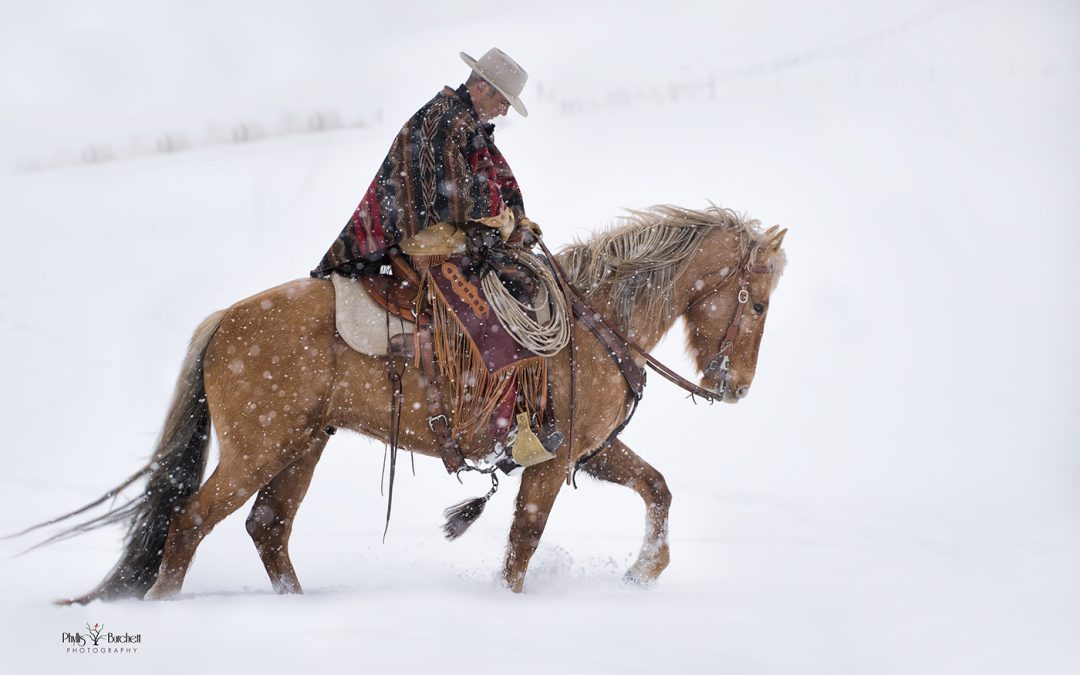I’m so excited about our upcoming getaway for some Winter Photography fun at the C Lazy U Ranch in beautiful Colorado that I thought I’d help get myself in the mood with a wintry blog post!
Let’s talk about winter photography, shooting in frigid temps and snowy conditions.
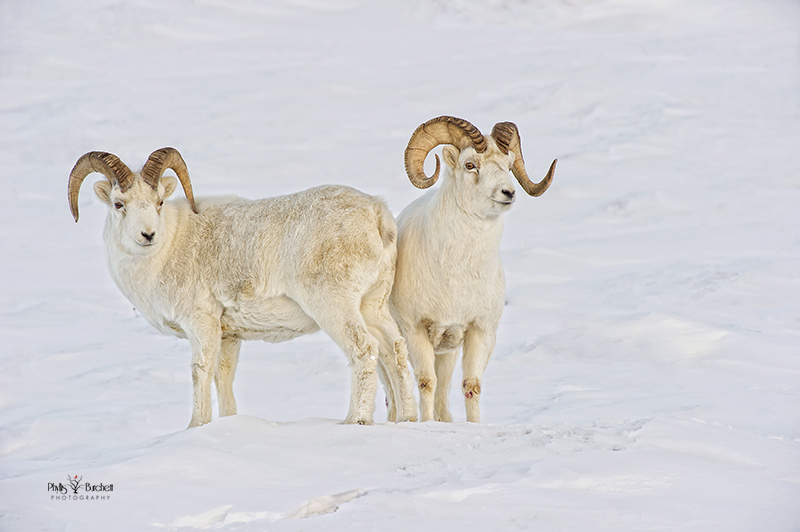 Dall Sheep, Dalton HIghway, Alaska
Dall Sheep, Dalton HIghway, Alaska
I know you’re probably thinking, “Phyllis, you live in Georgia…what do you know about shooting in the snow?!?!”
More than you might think I say!
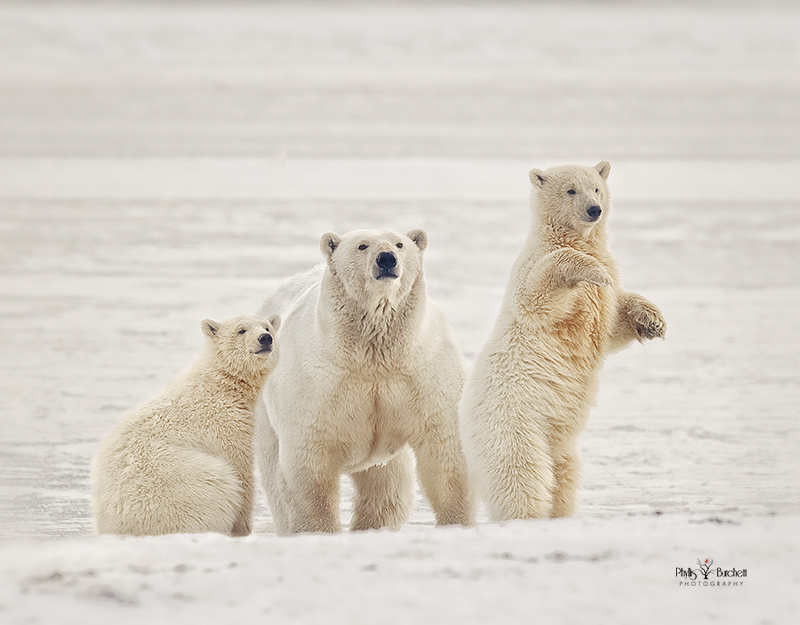 Polar Bear Sow and Cubs, Kaktovik, Alaska
Polar Bear Sow and Cubs, Kaktovik, Alaska
I’ve photographed in 20 below weather to capture Northern Lights, Polar Bears, Horses, and Great Gray Owls in beautiful places like Canada, Alaska, Minnesota, Wyoming, and Iceland. I do have to say the older I get my sensitivity to cold has increased. That’s why I already purchased my heated vest and socks for our upcoming Getaway for some Winter Photography fun!
I’ve really been missing winter photography and winter activities, all of which I can not wait to take part in at the C Lazy U Ranch. Not to mention we will get to have the opportunity to ride not one but two times a day! Did I mention snowtubing too?!?! One of the most delightful aspects of winter I’m looking forward to is the chance to warm up by a cozy fire with a steaming hot toddy in hand, yum!
But wait, I’ve left the best part out…a diverse cavvy with 200 head of horses the wranglers will jingle in and out every day! Cowgirls and Cowboys to photograph in the snow, the feed wagon, sleigh rides and so much more. I cannot wait to enjoy all this with friends!
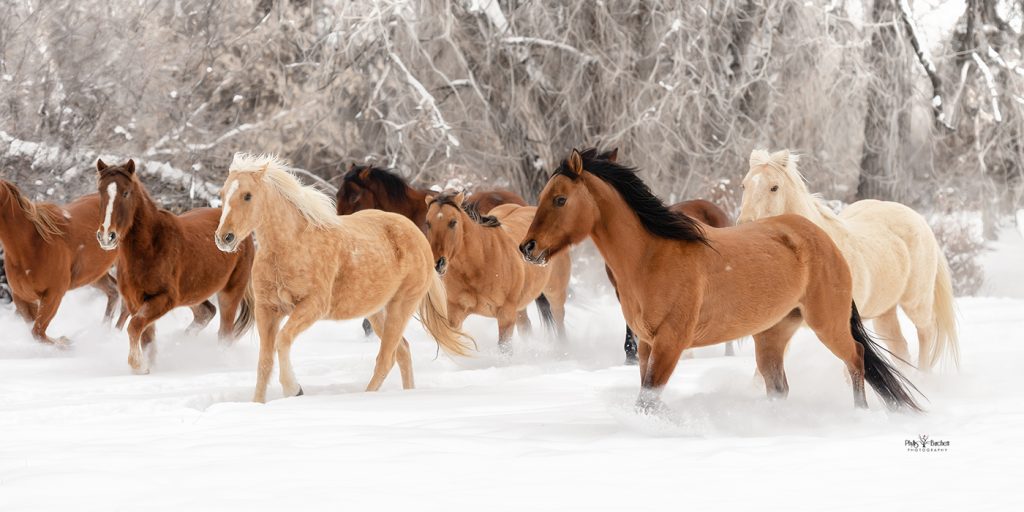
Just for you, my subscribers, the early bird special is still on!
I hope you will join Kim, Cara, and I in beautiful Colorado this February!
SHOOTER EARLY BIRD $3950 if Deposit PAID by 12/31
(that’s my birthday so wouldn’t that be a great birthday present for you to plan to join me in Colorado!)
Now on to some tips to keep in mind for those winter scenes!
I prepare by having extra warm layers for myself, a neck gator or rain gear is nice for your camera and lens to keep it from getting wet, extra batteries, and lens cloths to wipe snow from the lenses, and, if you have a way to carry it, warm tea for the soul is always good to have on hand. ☺
Know the terrain you’ll be trekking in or go shooting with someone who does, especially if the weather is iffy. Be mindful of where the wind is coming from, and continuously check your lens for snow.
Temperature changes, particularly if you’re going from cold to warm, can cause foggy lenses.
If you need to warm up in a lodge or by a fire, it’s best to leave your equipment outside to avoid this.
Either pack your gear back up in your bag or place a large garbage bag over both the camera and lens if it’s on a tripod.
Packs of silica gel to suck up moisture and a few quick-drying synthetic towels to quickly wipe the gear down after it’s been exposed to snow are good to have on hand too.
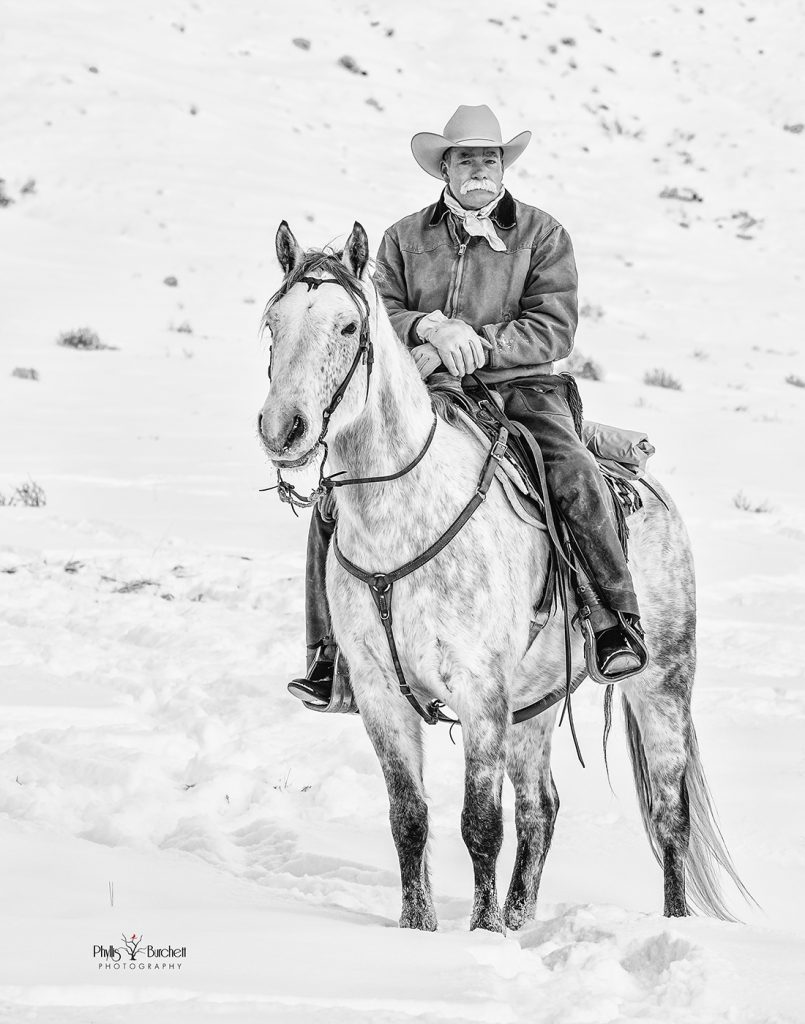 Winter Photography pops in Black & White!
Winter Photography pops in Black & White!
Shoot RAW and make sure you check your histogram while shooting, as cameras tend to underexpose the brightness of a snowy scene. Use your positive exposure compensation to get the right balance.
Keep a good eye on the colors. We often think we have to correct the white balance in snowy conditions, because our brain tells us snow is white. But in reality, snow is almost never pure white. It reflects the colors of the sky, clouds, and the color of the light. Try to preserve the actual atmosphere at the time the image is shot.
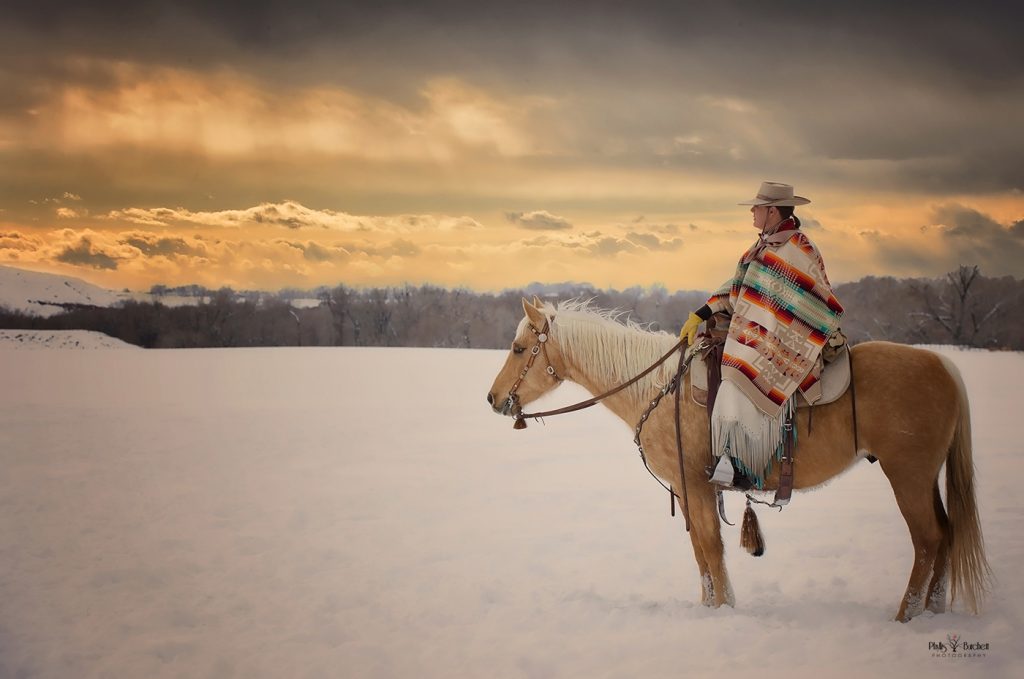
Pay attention to opportunities to use negative space.
When possible, try to follow a fresh snowfall. It usually creates an ideal scene with snow on the trees, and no tracks to work around. Look for something to add contrast and/or color. Showing texture is key for bringing snow photos to life.
Look for dark backgrounds to emphasize the snowflakes. The white snow will blend into the sky or other light areas of the scene. Backgrounds like deep green trees or even a horse and rider will allow the white snowflakes to stand out!
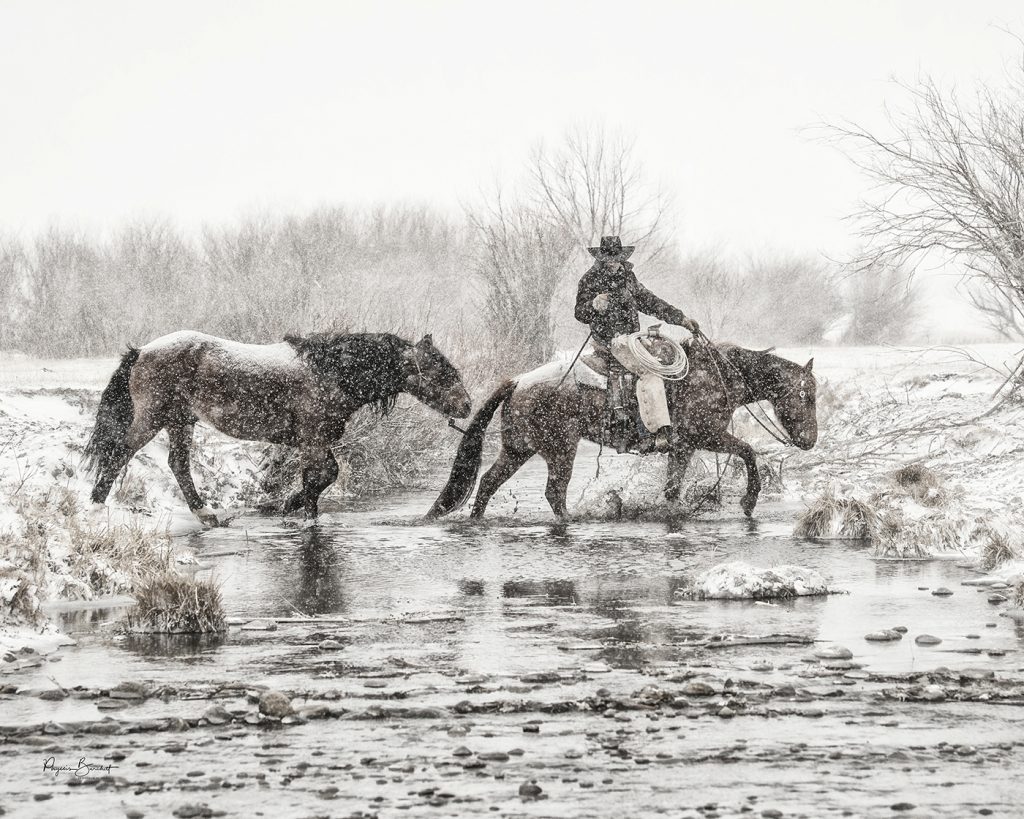
Use a fast shutter speed to freeze the falling snow if you want to emphasize the snowflakes. A slower shutter speed will show the movement of the flakes with streaks that look more like falling rain.
If you’re having issues with sharpness, it could be heat shimmer. A few things to keep in mind:
- Don’t shoot from the window of a warm car on a cold day.
- Don’t use your vehicle to help stabilize your camera on a cold day.
- Your lens hood can actually trap warm air, so make sure to get rid of that heat prior to using your camera. I’m still an advocate of using lens hoods to protect your gear!
- Keep in mind that the longer the lens, the more magnified your subject is, heat shimmers will have more impact on your focus.

